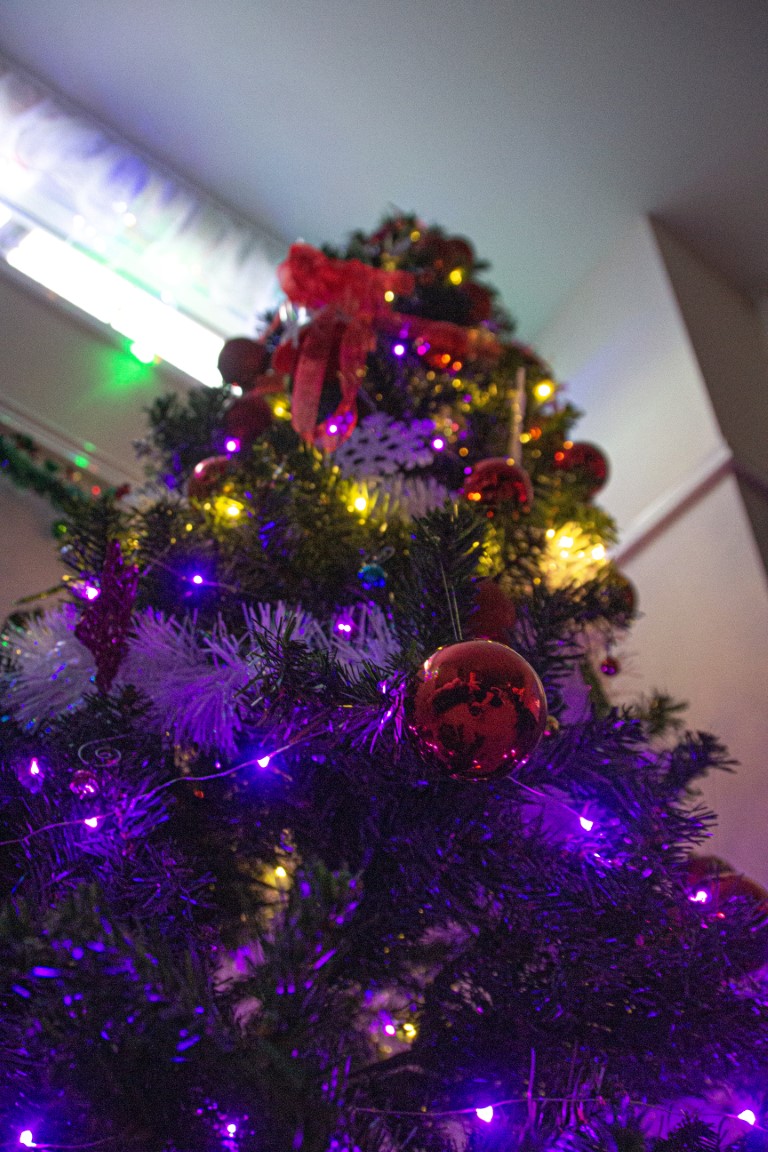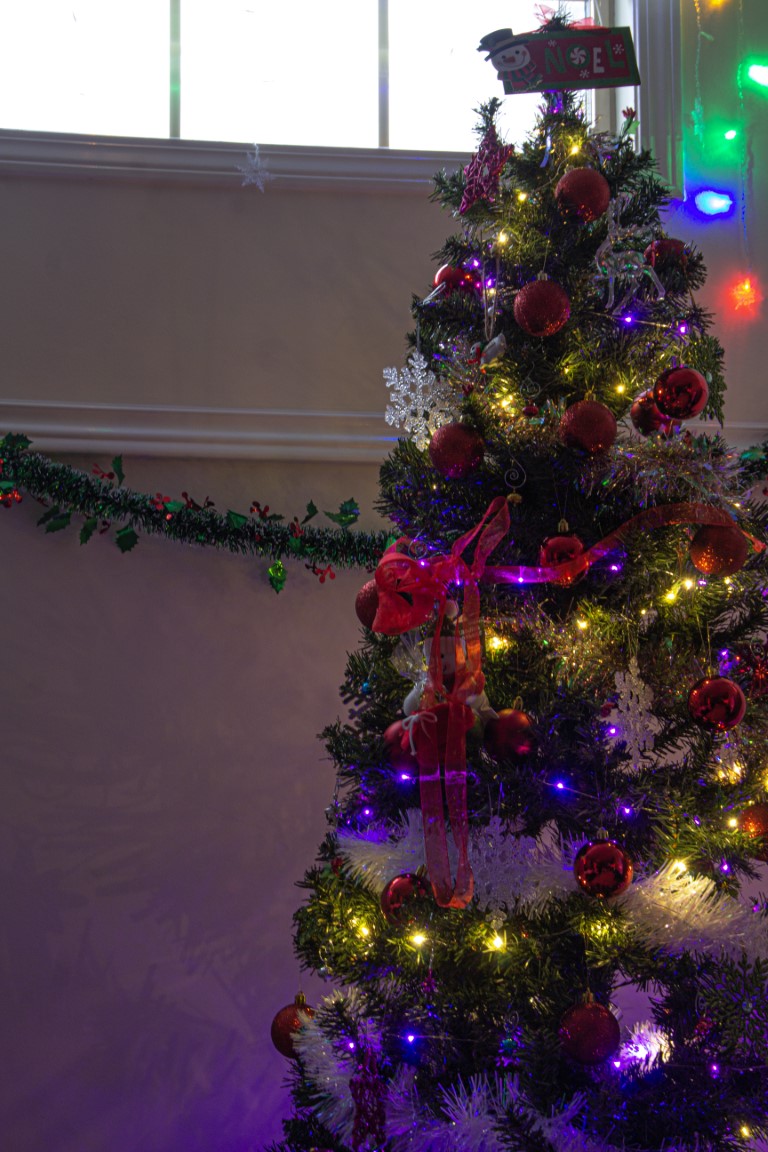
How the ritual that increased migraines in December began
By Brandon Yip, Senior Columnist
The spirit of Christmas and the shopping experience would have a large void without the image of Santa Claus.
This Christmas will be unlike any other. Many people will be avoiding shopping malls and choosing to do their Christmas shopping online. And while many on December 25 will be home alone or with family, so this gives us a moment to reflect on how the tradition of Christmas shopping began.
According to an article written and published on Fashionista, the tradition of Christmas shopping started in the US between the years 1880 and 1910. Christmas shopping was also heavily influenced by widespread industrialization and the new middle class that had increased disposable income. “Until the 1880s, Christmas gifts in America were usually handmade. After more Americans moved into big cities to start jobs in factories and offices during the late 1800s, it became more common to purchase and gift manufactured items, making the holiday shopping season an essential part of life for those who celebrated the Christian holiday. Although the practice was still relatively new, Americans had already begun to fear and loath the commercialization of the holiday by 1900.”

In contrast, in Canada, the tradition of Christmas shopping—along with celebrating Christmas—did not become popular until the 20th century. In an Canadian Encyclopedia article, it is said that “Christmas was hardly celebrated at the beginning of the 19th century. However, by the beginning of the 20th century, it had become the biggest annual celebration and had begun to take on the form that we recognize today.” The article also states that the celebration of Christmas in Canada has its roots in British, French, and American traditions—along with many others.
The spirit of Christmas and the shopping experience would have a large void without the image of Santa Claus. According to History.com, the familiar figure of Santa Claus can be traced far back into history. The origins begin with a monk named St. Nicholas who was born in Turkey in roughly 280 AD. St. Nicholas was very generous, sharing all of his inherited wealth while travelling around the countryside to assist the poor and sick. It was during the late 18th century in New York when St. Nicholas first appeared in popular American culture. Dutch families would assemble to honour the death of “Sint Nikolaas” (Saint Nicholas in Dutch), or a shorter version called “Sinter Klaas.” The name “Santa Claus” would then be created from this shortened version.
In 1822, Clement Clarke Moore, an Episcopal minister, wrote a Christmas poem entitled, “An Account of a Visit from St. Nicholas.” It would later become popularized by its first line: “Twas The Night Before Christmas.” The poem portrayed Santa Claus as a jovial man flying from house to house on a sled driven by his reindeer to deliver toys. The image of Santa Claus as a cheerful man wearing a red suit with a white beard holding a sack of toys would be immortalized in 1881 by political cartoonist Thomas Nast. He used Moore’s poem for inspiration to create the image of Old Saint Nick that many worldwide know today.
Interestingly, another familiar holiday shopping tradition is observing large department store Christmas window displays. Amy Schulman, Food Editor for Culture Trip, states that Macy’s in New York claims to be the first store to start this holiday window custom, “but it wasn’t until 1874, when RH Macy (Macy’s owner at the time) strung together an assortment of porcelain dolls posed in scenes from Harriet Beecher Stowe’s Uncle Tom’s Cabin, that the NYC holiday windows were born.”
Locally, the Woodward’s Christmas window displays would become a very popular and treasured part of Vancouver history. The displays were originally featured in the popular Woodward’s department store, located at the corner of Hastings and Abbott Street. The displays showed an array of traditional holiday scenes, along with animatronic characters—as well as intricate and detailed decor. Woodward’s closed in 1993 and Canada Place took possession of the displays—saving them from storage. The Woodward’s Christmas window displays have been a significant part of the “Christmas at Canada Place” annual event (cancelled this year due to the pandemic).
Unfortunately, people will not be able to gather and experience the usual Christmas shopping and window display traditions that we have become accustomed to. Hopefully, next Christmas in 2021 (with a vaccine available) people will be able to once again experience, revisit, and relive these familiar Christmas traditions.
